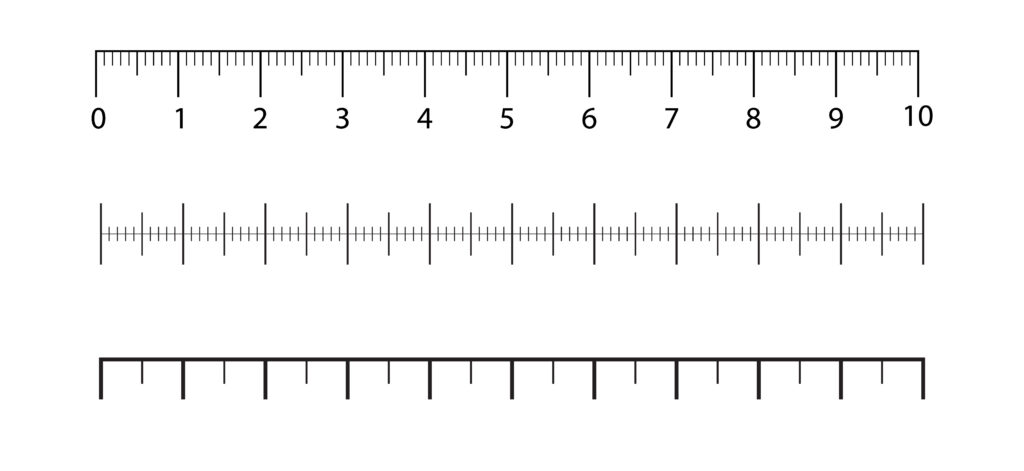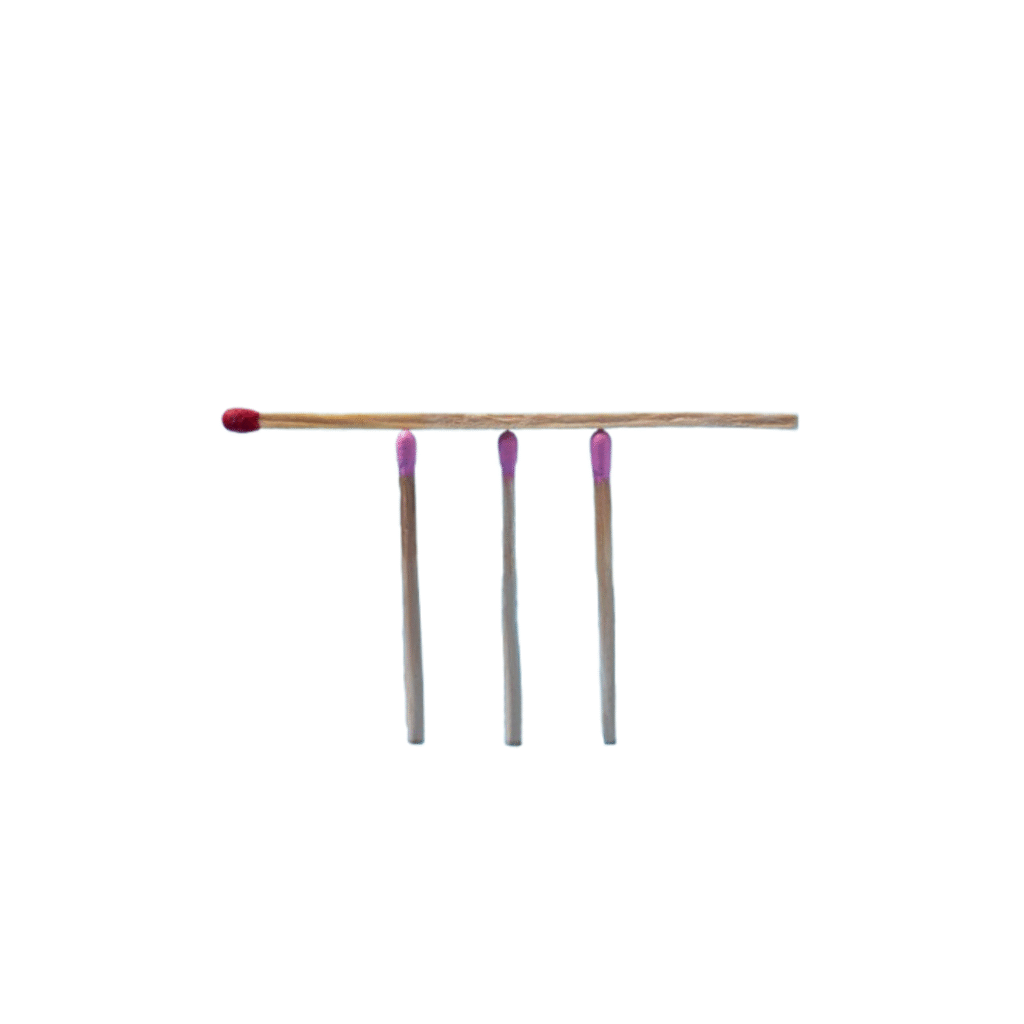Coin Toss Probability
Discover the fundamentals of probability through coin toss experiments. Compare experimental results with theoretical probability and observe how they converge with more trials.
Help & Instructions
▼- Toss Coins: Click "Toss Coin" to flip a virtual coin and see the result
- Multiple Tosses: Use "Toss 10 Times" or "Toss 100 Times" for multiple experiments
- Observe Results: Watch how the experimental probability changes with more trials
- Compare Theory: See how experimental results compare to theoretical probability (50% heads, 50% tails)
- Analyze Data: View detailed statistics and visualizations of your results
- Understand the difference between experimental and theoretical probability
- Observe the Law of Large Numbers in action
- Calculate and compare probabilities
- Develop intuition about random processes and probability
Coin Toss Experiment
Click to toss the coin and observe the results:
Probability Results
Compare experimental and theoretical probabilities:
Toss History
Recent coin toss outcomes (H = Heads, T = Tails):
Probability Comparison
Visual comparison of experimental vs. theoretical probability:
When you toss a fair coin, the theoretical probability of getting heads or tails is exactly 50% each. However, in a small number of tosses, the experimental results may vary significantly from this theoretical value. As you perform more tosses, the experimental probability should get closer to 50% for both outcomes.
The Science of Probability
Probability is the branch of mathematics that deals with the likelihood of events occurring. It quantifies how likely something is to happen, ranging from 0 (impossible) to 1 (certain).
For a fair coin:
- Theoretical probability of heads = 1/2 = 50%
- Theoretical probability of tails = 1/2 = 50%
- Experimental probability is determined by actual coin toss results
This fundamental principle states that as the number of trials increases, the experimental probability will approach the theoretical probability. This is why with just a few tosses, you might see 70% heads, but with thousands of tosses, it will be very close to 50%.
Probability concepts are used in:
- Weather forecasting: Predicting chance of rain
- Insurance: Calculating risk and premiums
- Medicine: Determining treatment effectiveness
- Sports: Analyzing player and team performance
- Finance: Assessing investment risks
- Gaming: Designing fair games of chance



